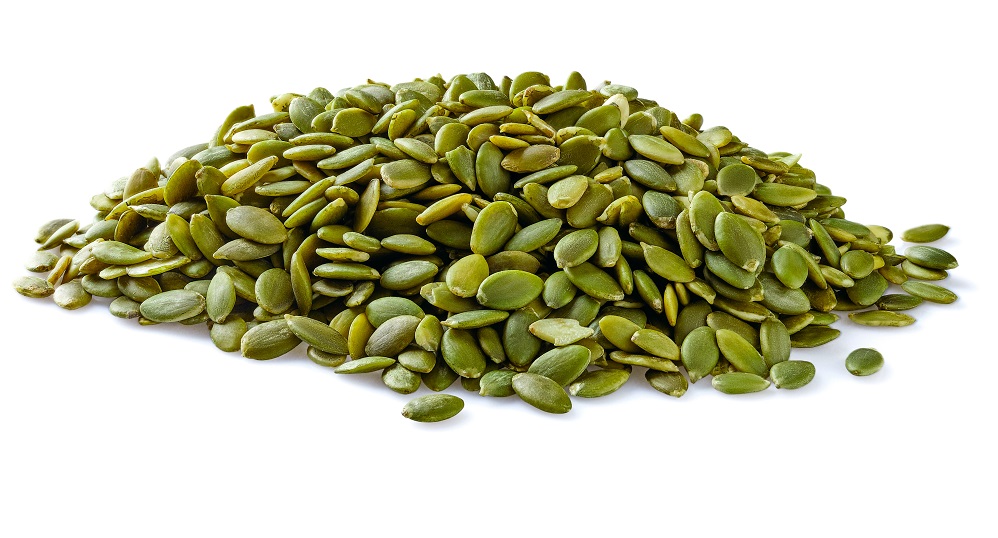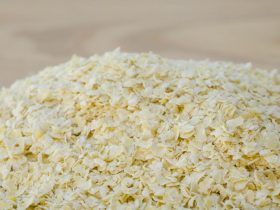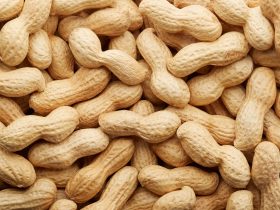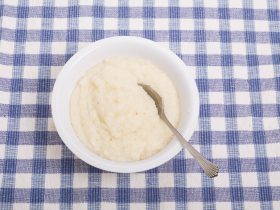Pumpkin seeds, otherwise known as pepita of squash, are the seeds of squash or pumpkins that are entirely edible raw or roasted. Flat and oval in shape, pumpkin seeds are commonly consumed as a snack or garnish in most of North America and Mexico1.
Owing to their high fat content and organic nature, pumpkin seeds are susceptible to fungal and bacterial colonization, as well as a loss in quality if stored improperly.
Pumpkin seeds – being seeds – often last longer than other forms of organic produce owing to their shells and oily constitution. Despite this, they are still capable of going rancid or drying out if exposed to certain factors. In the absolute ideal conditions, pumpkin seeds can last as long as a year, or even longer.
What is the Ideal Temperature to Store Pumpkin Seeds?
In the correct humidity and temperature, all sorts of things may affect your pumpkin seeds, from something as mundane as them drying out to germination of the entire batch.
Unless shelled and dried, pumpkin seeds are capable of germinating in their storage container at temperatures of 66°F to 85°F. It is best to keep the seeds sealed in an air-tight vessel at temperatures below this range.

The ideal temperature for pumpkin seeds, if stored outside the fridge or freezer, is around 60°F2, as this is low enough to prevent germination and to slow down microorganism development.
What is the Ideal Humidity to Store Pumpkin Seeds?
Just as important as controlling the temperature, controlling the relative humidity of the storage environment the pumpkin seeds are kept in is vital.
Humidity and high temperatures have been established as some of the primary catalysts behind microorganism activity and the degradation of organic produce through their own enzymes.
Depending on the size and nature of the container or storage area, this may prove difficult, so it is key to consider these factors before storing large quantities of pumpkin seeds.
In most situations, dried pumpkin seeds keep best at a relative humidity of 80-85%3, somewhat higher than the average humidity of a kitchen.
How Long Will Pumpkin Seeds Last on the Counter?
While choosing to store your pumpkin seeds out of the fridge or freezer is the best way to maintain their quality in the short-term, it is also the briefest-lasting form of storage.
At room temperature and a relative storage container humidity within the range of 80%, it is possible for the pumpkin seeds to last as long as three months, so long as conditions are stable and ideal.
In order to ensure the pumpkin seeds keep edible for this long, it is best to allow them to dry in front of an electric fan for forty minutes, though this step is unnecessary if purchased from a grocer.
Place the seeds in an air-tight container and store in a dark and cool area of your pantry.
Keep in mind that sources of heat and moisture will hasten their spoilage, as well as direct sunlight. It is best to keep the container away from any open windows because of this.
Can You Refrigerate Pumpkin Seeds?
More advisable than simply storing your pumpkin seeds in the pantry, refrigerating pumpkin seeds can extend their shelf-life for as long as an entire year, though certain factors must be accounted for.
As high humidity can cause the seeds to germinate or otherwise develop fungal colonies, it is important to choose an air-tight storage container that was dried prior to use.
How to Refrigerate Pumpkin Seeds
In order to store your pumpkin seeds in the fridge, all that is needed is a paper towel and an air-tight container.
Place the tissue paper along the bottom of the container so as to absorb any excess moisture or oils released by the seeds should they rupture.
Inspect the pumpkin seeds for any signs of spoilage, such as discolored patches or odd growths. Discard these.
After removing any spoiled seeds, simply fill the container with the remainder of the pumpkin seeds and store in the fridge.
Can You Freeze Pumpkin Seeds?
Yes, it is entirely advisable to store pumpkin seeds in the freezer owing to their low water content as well as the relative ease of freezing them.
In order to begin freezing the pumpkin seeds, you will need a parchment lined baking pan, an electric fan or similar air-moving apparatus and an air-tight storage container.
Pour the seeds evenly over the parchment-lined baking tray, ensuring that no large piles form. Leave the seeds in front of the electric fan or other wind-producing equipment for six hours or until the pumpkins have been thoroughly dried.
In the event that an electric fan or similar machine is unavailable, it is possible to place the baking tray in the freezer for several hours, though this will not be as effective.
Once properly dried, take the seeds and place them in an air-tight storage bag or container, ensuring that the storage vessel is free of any excess moisture within. If using a bag, push out any air pockets that may be present.
Place in the freezer for up to a year, though if conditions are ideal, the pumpkin seeds may last far longer than this amount of time.
Signs that Pumpkin Seeds have Gone Bad
Pumpkin seeds, being mostly odorless and uniformly colored, are easy to identify if beginning to spoil. If the edibility of the seeds is in question, it is best to first inspect each individual seed before consuming.
As pumpkin seeds, if dried properly, have nearly no odor, any putrid or rancid smells emanating from your pumpkin seeds should be considered a warning that the entire batch is beginning to succumb to microorganism colonization. Dispose of the seeds immediately.
Apart from unusual odors, if the pumpkin seeds present fuzzy or sticky growths along the shells as well as discolored patches, this may be a sign of mold growth. It is possible to pick the moldy seeds out from the majority in order to extend the shelf-life of the other seeds.
References
1. Unknown Author. (February 2013) “Pepitas (Pumpkin Seeds)”. GourmetSleuth.com
2. R. Hazzard. (January 2017) “Pumpkin and Winter Squash Harvest and Storage” University of Massachusetts Amherst
3. Riggs et al. (June 2006) “Pumpkin Production Guide” Natural Resource, Agriculture, and Engineering Service (NRAES)





Hi, I'm Dom
Dom Eats was started to help other people fall in love with food. While cooking can feel intimidating, it doesn't have to be.